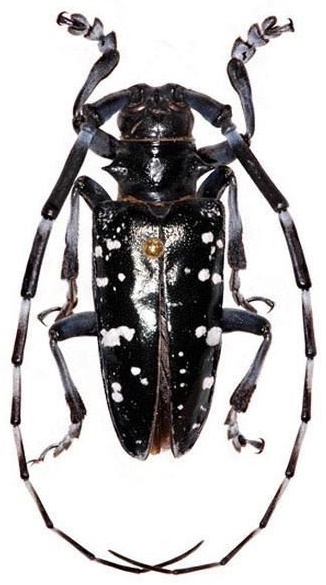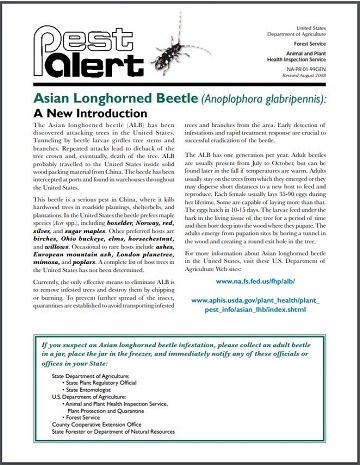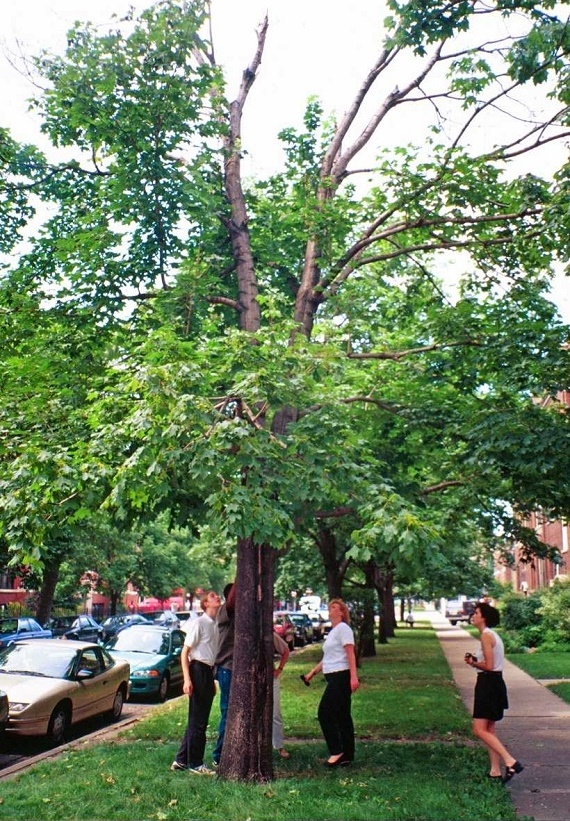What is the concern?
Asian Longhorned Beetle 'ALB'

Asian longhorned beetle (Anoplophora glabripennis) is a foreign wood borer that is originally from China and Korea. It is not known to occur in Iowa; however this pest is one that would deserve our utmost attention if it were accidentally introduced through firewood, logs, or other unprocessed wood products being moved from quarantined areas.
Several infestations of this pest are located in port cities where international shipments from Asia enter the United States. The beetle has potential to travel long distances if undetected.
In the United States where this beetle was accidentally introduced, the beetle prefers maple species (Acer spp.) including boxelder, Norway, red, silver, and sugar maples.
Other preferred hosts are birches, Ohio buckeye, elms, horse chestnut, and willows. Occasional to rare hosts include green and white ash species, European mountain ash, London planetree, mimosa, and poplars.
If you live in Iowa and suspect Asian longhorned beetle as a new introduction to your area, please contact us, and we would be happy to take a look.




